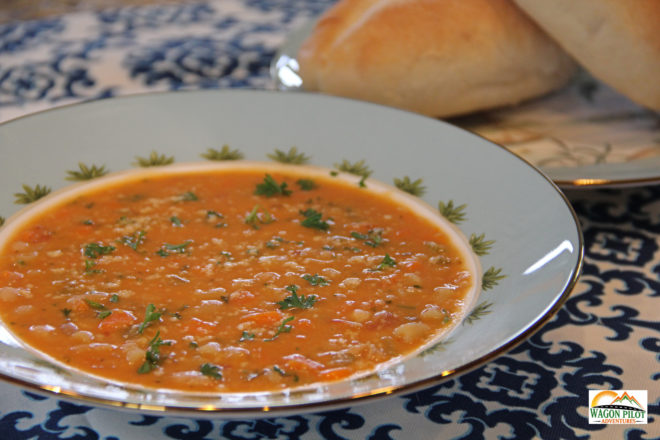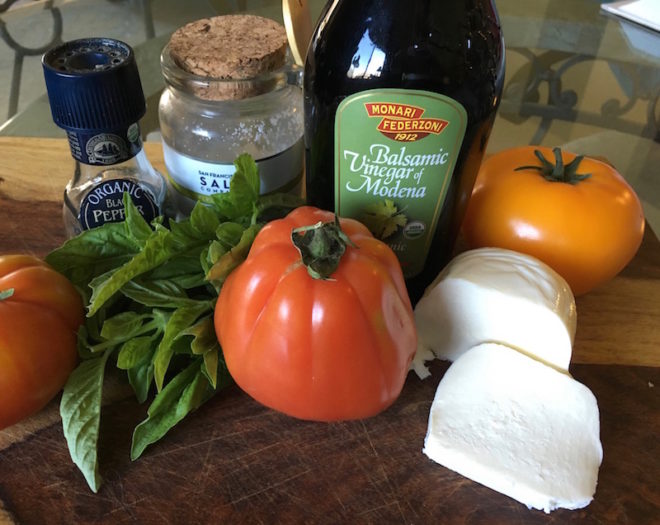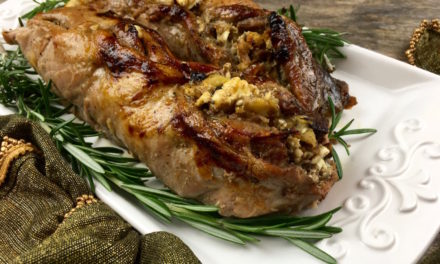Most of the recipes I post on the website are intended to be easy enough for readers with only basic to moderate skill in the kitchen. Everybody needs to eat, but not everybody has the extra time and money to create five star restaurant quality meals at home. I’d rather see people learn a few basic dishes than get discouraged and pick up fast food for dinner. Here are a few good techniques on how to easily improve your cooking skills and expand your recipe collection for more satisfying meal times.

Find a cooking show that speaks to you. It seems that today most of the shows on the Food Network and Cooking Channel are more about entertainment than teaching us how to cook. I’ve found that PBS has several useful series to choose from and there are also some talented folks on Youtube. What you want to look for are shows that create dishes that appeal to you, easy to follow instructions, and a focus on the how and why you’re using different ingredients and techniques. The oversimplified Buzzfeed style dump and go videos everyone shares on Facebook don’t really give you anything more than a condensed recipe. Find somebody who speaks to your needs and style of cooking.
Learn basic skills you can use to boost flavors or add an extra level of complexity to dishes. For example, if you can pan fry some pork chops or chicken, learn how to make a simple pan sauce from the drippings or simply toss in some mushrooms to top off the meal. Little touches like this can elevate a simple dinner and make it more interesting than the same old meal you make every week.
A great way to spice up your weekly menu and learn new skills is to try new recipes. You might have a favorite meat loaf recipe, but there are a million variations out there. Take a look at other recipes and experiment with a new mixture at home. New cuisines can also present a challenge while adding new tools to your cooking arsenal. Lately, I’ve been experimenting with Indian foods. I’ll try several items at the local Indian buffet, then write down and find recipes for the dishes I like. It’s a whole new set of spices for me to learn, which has been expanding the flavors I can bring to other dishes.
Pay attention to the subtle flavors and textures of the food you eat. What sort of flavors do you like? Does it need more or less of something? What exactly is it that produces the flavor or aroma making your mouth water? Becoming familiar with spices and other ingredients will make it easier to track down new recipes to try.
Take notes on recipes. Think about what you like or don’t like and get input from friends or family who shares your table. Take that input and make adjustments to the recipe to create your own version. Enough practice and you’ll know which ingredients or quantities to change before you even start making a new recipe. Getting input from that people who eat with you will also help when creating a menu.

Buy quality ingredients. Fresh produce and quality spices can make a huge difference in the final flavor of a recipe. Take a look at which spices you use regularly and purchase quality versions. Note the difference it makes. For instance, I love paprika and there is a world of difference between the cheap version at the grocery store and the pungent smoked Spanish paprika I order from Penzeys Spices. The quality of basic ingredients also makes a difference, especially with vegetables that feature prominently in a dish. Focus on the items with big flavors and what fits in your budget.
Invest in quality hardware and skip the cheap gadgets. A pair of cast iron skillets and a good Dutch oven will get infinitely more use than fancy blender. Take a look at what type of cooking you do before making a big purchase. Do you really need that slow cooker or Instant Pot? Are there dishes you’d make often enough to justify the expense and storage space? If so, then go for it.
We often fall into the trap of cooking the same thing week after week. Meal planning, grocery shopping, and cooking takes a lot more effort than we think. Create a menu of dishes you or you family enjoy to make it easy to rotate each week and stop the monotony. Even a designated meal day, such as breakfast night or taco Tuesday, can feature a different variation each week.
Ask for recipes and advice when you run across something you really enjoy. I’ve gotten a few great recipes on classics I’ve enjoyed my whole life, such as my mom’s chicken soup and grandma’s spaghetti sauce. Don’t be shy about asking friends and family for recipes, it’s huge compliment to them and something you might pass down some day.
Finally, don’t be ashamed of what you cook. I see food marketing as akin to the fashion industry. There’s so much focus on trendy ingredients and buzzwords that it can be intimidating to amateur cooks or those of us without unlimited budgets and fancy grocery stores. There’s no shame in making a chicken nuggets with a side of frozen corn or bagged salad for your family. Any effort put into cooking has value. Want to know one of the most popular recipes on my website? Mac & Cheese for the Instant Pot. That’s right, nothing organic or fancy, just the most basic and packaged dish I’ve ever posted. The reality is we don’t always have extra time or money, but at least an effort was made and there’s a bit of love in that act.





